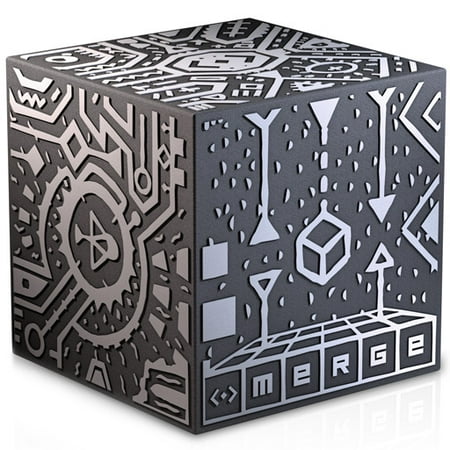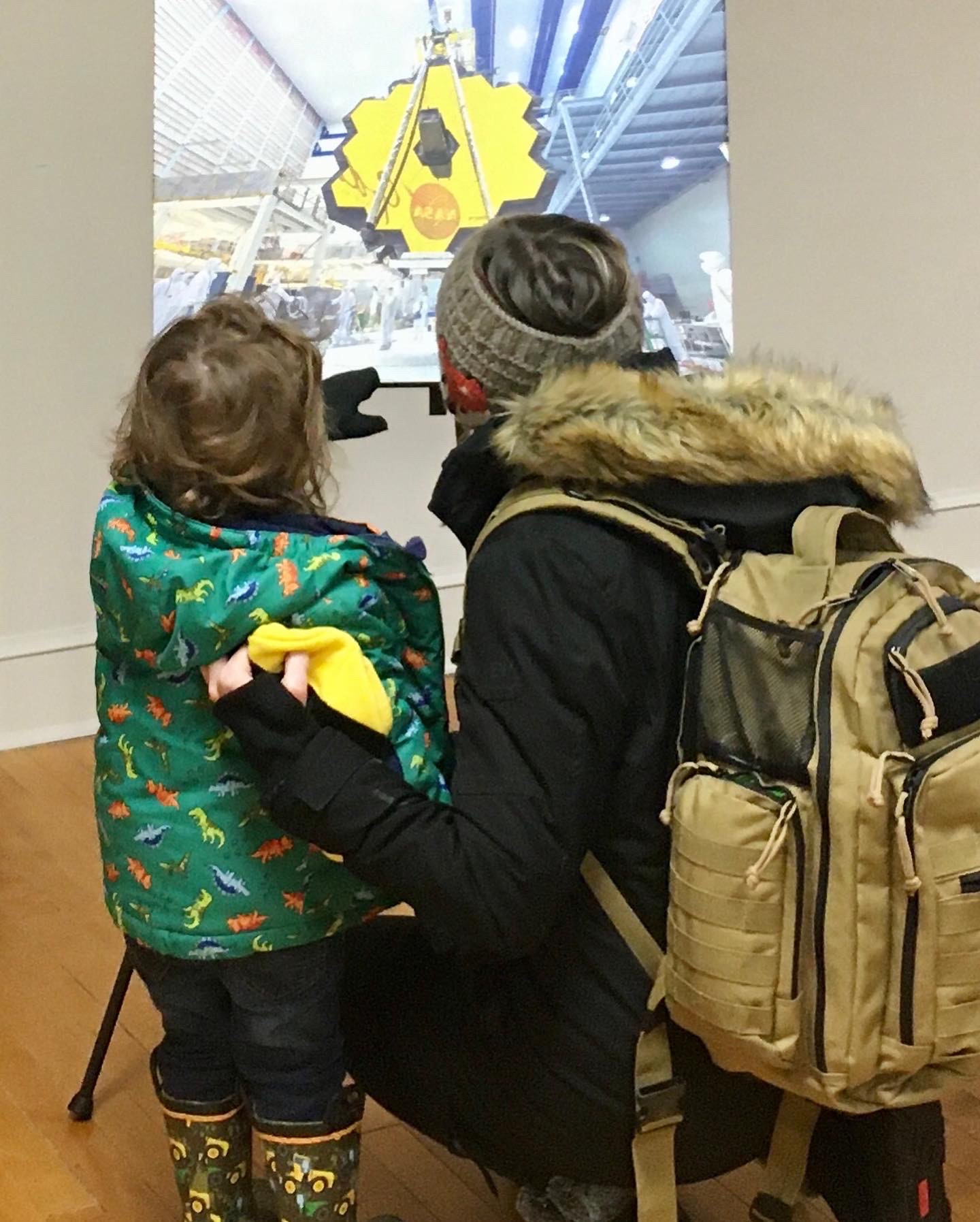There’s a lot of hubbub about AR and VR lately. Unfortunately, a lot of this technology is financially unreasonable for many educators. That is, until the Merge Cubes were invented. It was originally made from a discarded yoga mat – and kind of still seems like it. It looks like a cube of alien QR codes, and that is essentially what it is. These alien QRs can link to elaborate AR experiences themed to coordinate with its directed subject matter. Merge cubes can teach anything from human body parts, to math and geometry, to the solar system. It sometimes seems that new free content is made available daily.

Meet the Merge Cube
Merge cubes are exceptionally durable due to their squishy nature, and fiscally feasible. If you’re lucky, you can find them for $1 at Walmart, or get a cheap bulk pack from Amazon. You do need some form of touch screen device. I recommend iPad mini or higher to truly embrace the interactive nature of these little cubes. At least some of the available apps are compatible with older iPads, and developers are in frequent contact with educators to make backwards compatibility models of their programs.
Merge cubes also encourage content creation from students. Cospaces Edu and Tinkercad, to name two, allow students to show off their creations on a three-dimensional virtual stage. The Developer app also allows students to make their own apps or games for the merge cube. The merge cube miniverse and community promotes open source. There are several free pdf files to download and create a mega merge cube for free, because everything is better when it’s bigger, right? The merge cube educators Facebook group is incredibly supportive. They share lesson plans, supportive material and ideas. One went as far as to buy 300 merge cubes and offered to ship them to anyone who couldn’t get them locally.
Many of these apps are free or available at a low cost. One of the best features as an educator is the ability to bypass the need for separate student accounts. It is always nightmarish for me to visit a school with 20 separate student accounts at the ready, just for them to go through a verification process or some other time sink. Even though it asks you to log in, it allows you to skip the step and get to playing, which is a life-send as an outreach educator.
The merge cube goes beyond coding and education through gaming. It can give users a chance to experience something otherwise unattainable. John Zingale shares the incredible opportunity his students were able to take advantage of because of the merge cube. Using Qlone, the middle schoolers were each assigned an artifact from Fort Vancouver to digitally scan. The scan was turned into a 3D virtual image, able to be viewed with merge cube, and can now be enjoyed in the palm of your hand.
If you’re looking for a great inexpensive way to introduce augmented reality to students, spanning across multiple curriculum subjects, this is the way to do it. Pro tip: don’t throw out the boxes – they serve as tablet stands to dedicate hands for cubes!
So, what are you going to do first with your merge cube?




Leave A Comment